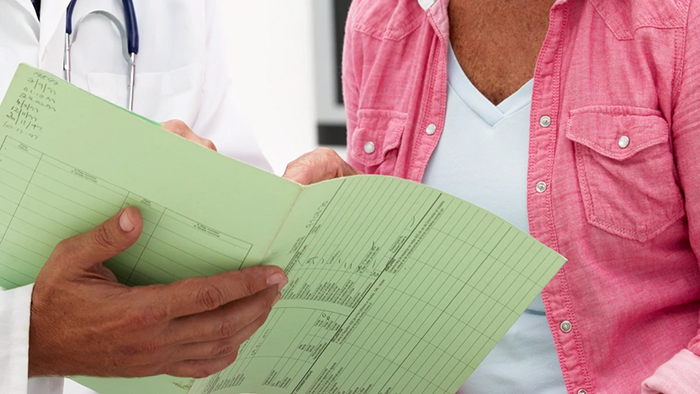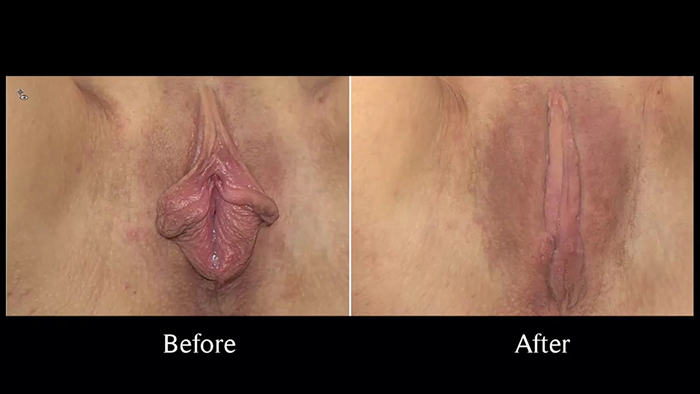Women are finally taking control of down below. According to the latest statistics from the American Society of Aesthetic Plastic Surgery (ASAPS), patients who had a labiaplasty – the surgical procedure to decrease the size of a woman’s labia – increased by 44%. Female rejuvenation has definitely come out of the closet.
Even so, the consultation can still be awkward for the patient, especially if the plastic surgeon is male. Dr. Mark Epstein of Stony Brook, NY has been working hard in this area, developing tools to make this process more comfortable.
3D Imaging is a Game Changer
“I’m very excited about some of the advances we’re making in the consultation process for labiaplasty,” says Epstein. When a woman comes in to see him because she is concerned about the most private part of her anatomy, it can be an uncomfortable discussion. For starters, she’s never met Dr. Epstein. He’s the opposite sex. He’s not her gynecologist and though he always has a nurse present, it is still awkward for the patient to describe to him why she is unhappy with the structure of her genitals. “It’s a very anxiety provoking and uncomfortable position for any woman to be in,” admits Epstein.
To address these concerns, Dr. Epstein wanted to come up with ways to make the labiaplasty consultation process easier for the patient. His first thought was 3D imaging. He’s been using it for years with his breast augmentation consultations with great success, so why not apply the same technology to his labiaplasty patients?
Utilizing a handheld 3D camera made by Canfield, the same company that makes the big floor model that he uses for his breast patients, Dr. Epstein can snap 3D images of the patient’s genitalia in about 15 seconds. The patient can then put on a robe and sit up, which makes her feel less exposed and vulnerable. Together, they look at the images up on the computer screen and he’ll then show her exactly how her anatomy looks right now, manipulating the images up and down and right to left, pointing out the specific areas and issues that need to be addressed.
Pre and Post Op Comparisons
Not only does the 3D imaging make the labiaplasty consultation more comfortable for the patient, but because Epstein takes post-op as well as pre-op photos, it allows the patient to compare the two and literally see the improvement in an area that is hard to access otherwise. Patients have been really supportive and enthusiastic about the 3D imaging.
“When I see a new patient, I have to find some way to make them comfortable,” explains Epstein. He spends time with them, discussing the procedure and what is involved, but the 3D imaging has been a real game-changer. They say that a picture is worth a 1,000 words, but when patients take a look at these images of their own body and what changes are possible, Epstein thinks, “a picture is worth a million words.”

















Facebook
Twitter
Instagram
YouTube
RSS